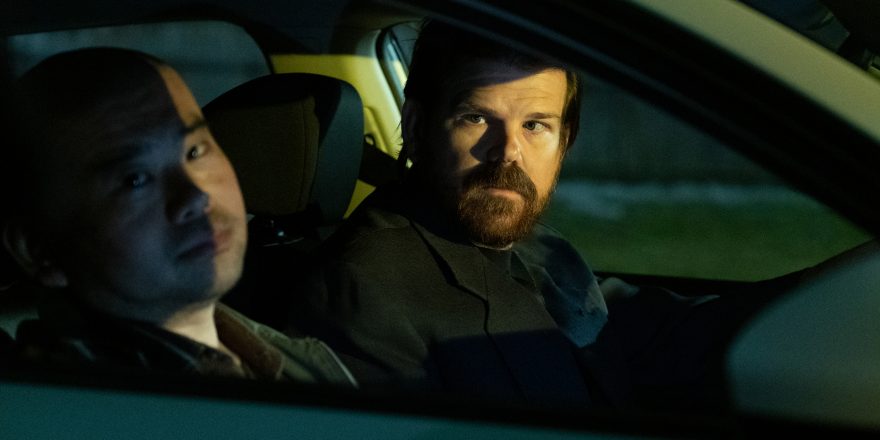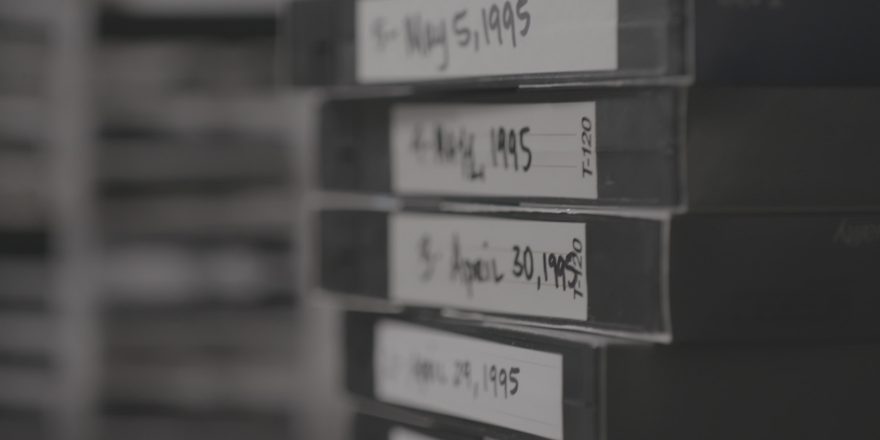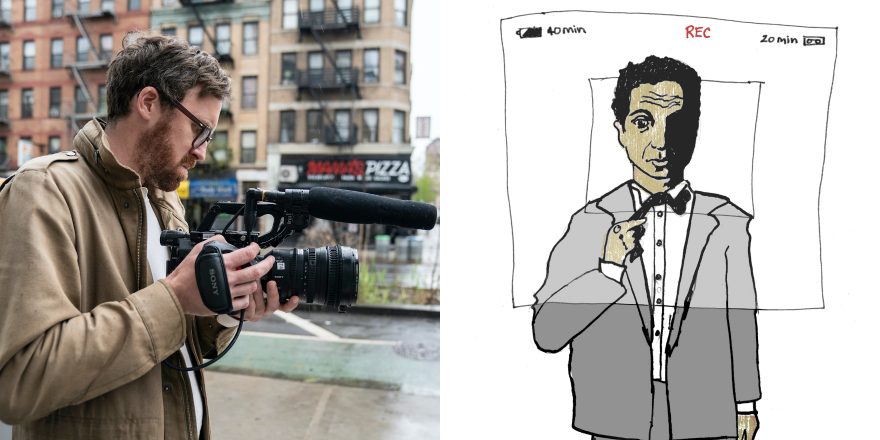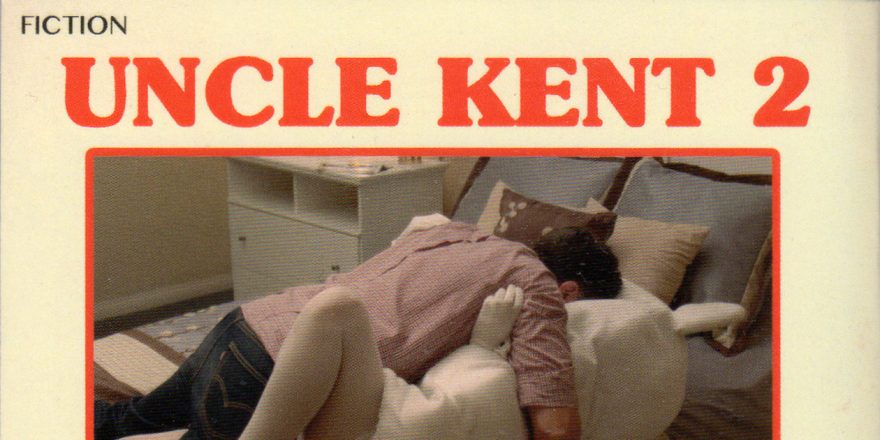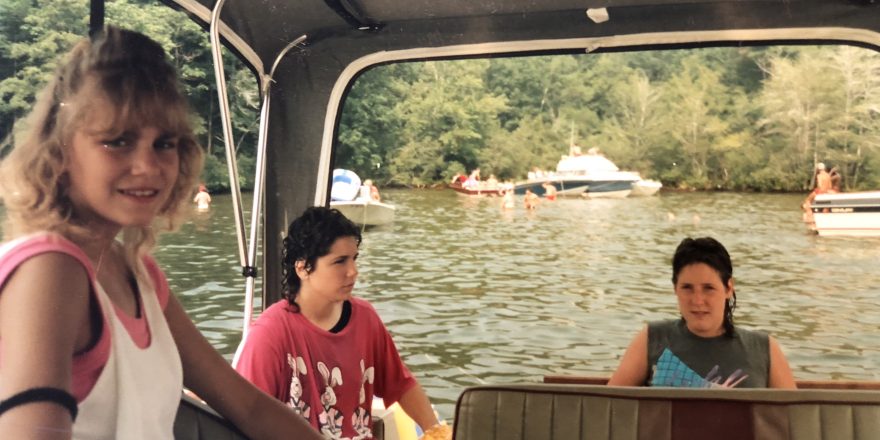On July 2, Gravitas Pictures will release the second feature film I’ve written and directed, Some of Our Stallions. I’d like to tell you a little bit about how this movie came into the world.
Thirteen years ago, I holed up in a cabin and wrote a screenplay called From Golden Oaks. It was about Clark, an oddball who’d been committed to a mental institution called Golden Oaks for some significant amount of time, following a violent outburst. It began with Clark’s release, hence the “From” of the title. It was a title I liked, a screenplay I liked, and once, in early 2009, I actually shot a scene of it, starring myself as Clark playing opposite my grandma’s boyfriend — a tall drink of water/hellraiser named Bob, now departed. In that scene, Clark borrowed a gun from Bob to protect the guests of a party he was about to throw. That’s what the movie was about. The party. See, when Clark is released from Golden Oaks, he keeps running into people who are very nervous around him due to his previous mental break and subsequent stay in Golden Oaks. Clark decides that the best way to get everyone comfortable with him, and win back his ex-wife in the process, is to throw a party. That way, everyone shows up, sees he’s sane, and he’s welcomed back into the civilian world. Of course, things don’t go as planned. One of the worst things that happens to Clark is that two other newly released patients from Golden Oaks, Beautiful Bill and Andy, catch wind of the impending party. Assuming that Clark is now happy and sane, while they are still struggling, they decide to show up and ruin the party to show him what’s what, so to speak. All kinds of chaos ensues as a result of their appearance, and though ultimately Clark finds a little peace, it’s very hard-won.
Anyhow, after I shot that one scene of this movie with Bob, I realized I couldn’t make a whole feature film without a producer or adequate funds. I’d tried that several times before and always failed miserably. So I focused on writing a novel instead, something I knew I could finish solely with elbow grease, and all by my lonesome.
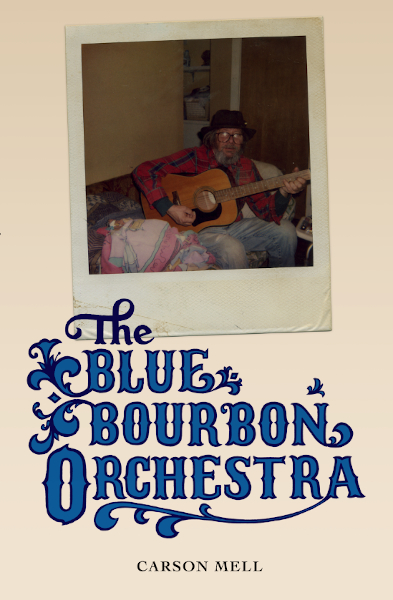
Some years went by with From Golden Oaks relegated to the dreaded/proverbial drawer overstuffed with a hundred other unfilmed scripts and unfinished novels. Then I received a phone call. The kind of phone call an aspiring filmmaker waits their whole life to receive. Turns out, a big time movie star had somehow gotten ahold of the script, read it, and liked it! And he wanted to meet me and talk about acting in the lead role of Clark. Now, this wasn’t just any actor, but I can say without hyperbole it was my favorite actor in the whole “business.” It wasn’t Jack Nicholson, but for sake of simplicity/privacy, let’s just go ahead and call him Jack Nicholson. Jack.
To discuss the script, Jack and I made plans to meet at Conrad’s Diner in Pasadena, which was actually one of the locations in the script. When I arrived, Jack told me that he actually loved Conrad’s and ate there with his family all the time. Of course he did! It was kismet! This project was going to happen! I would make this movie with a proper budget starring Jack Nicholson and become the proverbial Toast of the Town! I’d move into a neighborhood without condoms in the gutters and maniacs stalking the night. What could go wrong?
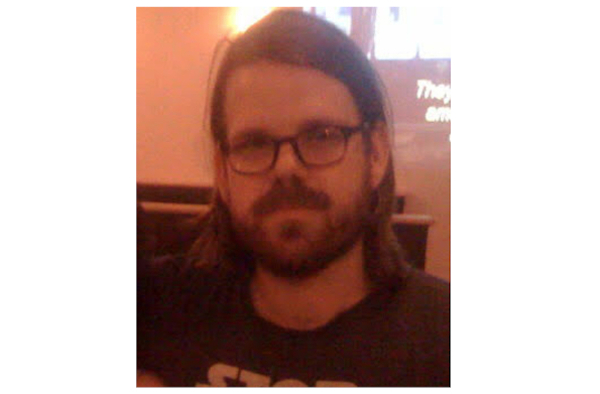
Jack and I met with some producers. They were green as hell and Jack was annoyed with their various notes, telling me he only cared about my vision for the script. OK, a bit of a bumpy start, but a start nonetheless. We set up another meeting and I decided I’d put my foot down at this one and tell the green producers that I knew what made a good movie and didn’t need so many damn comments from the peanut gallery. Or something like that. But I never had to muster the courage to stand up to them because that meeting never happened.
The weekend before the meeting was to take place, I decided to relax by going to see a movie at the Arclight. I don’t remember what movie I saw, but I damn well remember the coming attractions. For it was on this day that I first saw the trailer for Silver Linings Playbook. And when I saw it my stomach sunk. There was no life-affirming dancing in From Golden Oaks and the tone was entirely different, but the set-up was literally exactly the same! I broke out in a sweat. Maybe I’m just over-reacting, I told myself. No idea is completely unique, these movies just have a little in common. Everything will be fine, I said, stress-eating popcorn. This is nothing.
And then Monday came, as it tends to do, and along with it an email from Jack Nicholson. The subject line read: “Silver Linings Playbook.” As I read the email, my stomach sunk to even lower depths. Jack had seen the same trailer over the weekend and thought the exact same things I had. From Golden Oaks was too similar. Redundant.
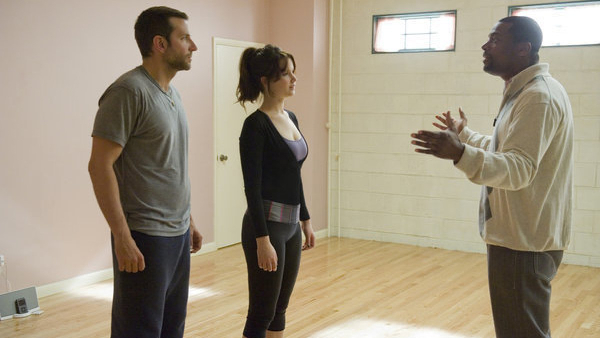
“Looks like we’ll have to find something else to work on,” he wrote, “someday.” And just like that, poof, my movie turned back into a screenplay. Once again, From Golden Oaks was right back in the drawer, feeding Hollywood’s glut of greedy, dream-fatted silverfish. Still, little did I know that in writing From Golden Oaks, I had planted the seed (acorn) of a project I would like even more, even though it would be woefully Jack Nicholson-less.
I don’t know when I wrote Some of Our Stallions. I literally have no memory of starting it, nor of how long it took to complete. I could try and remember, but the memory would be an invention. I do remember writing with momentum, laughing as I wrote it, but that’s about it. And while I don’t remember much of the process, I do remember the thought that drove me to write it. And that was this: Fuck Clark. Clark was a fine main character, sure, and if Jack Nicholson had depicted him, he surely would have taken the character to the next level and made him indelible and memorable. But there were two characters in the script I liked much more than Clark, the “bad” guys, Beautiful Bill and Andy. Whenever they appeared, their lines and actions flowed out of me. That’s a feeling I’ve come to trust. And there was a moment in From Golden Oaks where Bill helped Andy smoke a cigarette through a donut. It was something I really wanted to see onscreen. So I wrote an entirely new screenplay starring these two characters and another character named Bonnie, inspired by an oddball I’d met at the Sundance Screenwriters Lab. Then what did I do? Did I go and slam this script down on the desk of the green producers? Did I coax Jack back to Conrad’s and say, “Hey, what about playing Beautiful Bill?” No, I did not. I scribbled some notes on the script in red pen and shoved it right back into that same drawer, alongside From Golden Oaks. Why? Cowardice, probably. Self-doubt, for sure. I don’t really remember.
Now, in my write-life there is both the proverbial drawer (a folder on my desktop) and then a real drawer I shove printed-out writing into. And it was in this real drawer, five years later, in twenty-seventeen, that I rediscovered Some of Our Stallions, when I was doing a deep clean of my apartment.

Obviously, there’s no better time to read an old script than when one is cleaning, seeking any and all forms of procrastination. So I flopped down on my bed and read the whole thing. It had been so long since I’d written it that I was genuinely surprised by a lot of the dialogue and even some scenes in their entirety. I was afforded the gift that one only accrues through years of neglecting one’s own work: objectivity. I could read the script with genuine distance, and objectively, I liked it. And so, just like that, the script moved from the drawer to the pile — the pile of things I actually wanted to make.
A year or so later, through my manager, I met the Chinese film financier and producer Al Di. Despite his short career, he’d already had several films play the Sundance Film Festival and was already well known about town as a jolly raconteur and notorious Instagram oversharer who wore his heart on his sleeve.
Al Di’s accent is thick, and when he’s spent a long period out of the U.S., his vocabulary is rusty. At that first meeting, I liked his vibe, but we struggled a bit with language. Despite any misunderstandings, in the middle of our meal, Al Di took a long pregnant pause and said, “I fund your movies.” He hadn’t even read a word I’d written, but this is how Al operates. With his gut. Flying by the seat of his pants.
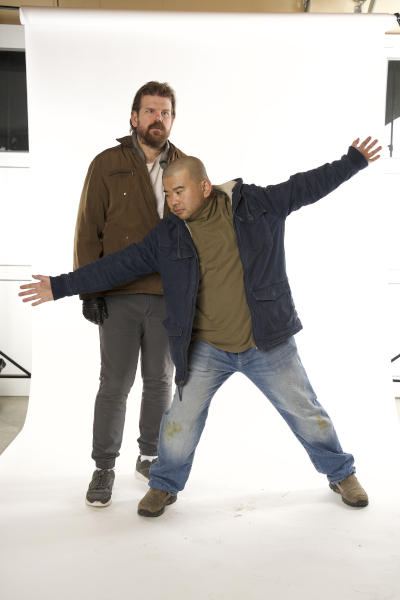
After years of failing to find funding for my movies, I was overjoyed. It was time to make something for the silver screen. The only thing we needed now was a Movie Star.
For those of you outside of Tinseltown, a quick explainer on how big-budget movies are financed. There’s a huge gauntlet one must run that starts with writing a script, getting producers interested, etc., and it always ends with needing to get a star attached to the project. Sadly, in the eyes of nearly all financiers and movie studios, this seems to be the most important step. A studio might occasionally write a check for a movie about a horse for Steven Spielberg, but everybody else has to cast Jack Nicholson. It’s sad, really, and devalues everyone working on the movie other than these famous actors. On phone calls regarding casting, you can mention an amazing actor, and agents will literally say, “He has no value.” I’ve proposed the term “PCV” instead, or “Perceived Celebrity Value” but it hasn’t caught on, and won’t.
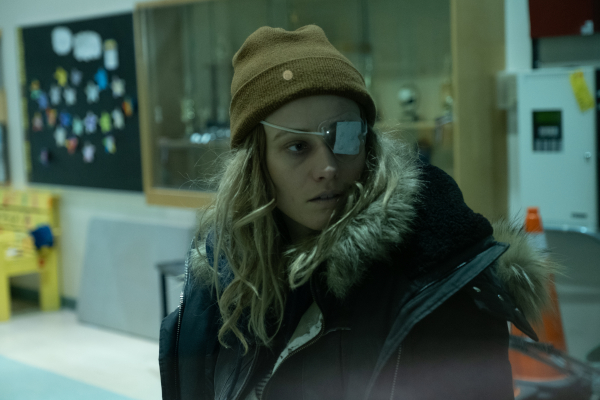
This star-financing model is utterly conservative and usually excludes anyone a little unusual, which is why it’s still hard to get financing for movies with female leads over 30 (there’s not many with PCV) and it has to do with pre-selling the movie to foreign markets or some shit like that. It doesn’t always work, but it’s the closest thing a studio or film financier has to a “sure thing” in an industry built on the flights and fancies of creative flakes. So, like it or not, if you want a multi-million-dollar budget, this is the Faustian bargain you enter into, the game you must play. For Fincher, the process is simple: you call Leto at his mansion, or bump into Tom Cruise at the dinner club, and strike up a deal. The rest of us are left waiting very, very long stretches of time for the Movie Stars’ agents to pass them scripts they deem worthy of their time, then waiting on the Movie Stars themselves to read the scripts. Once they’ve read, they either pass or tell you they’re game to be in the movie and “attach” to it. If they pass, it’s on to the next star on your short list of actors you’ve imagined fitting the character you’ve written. This waiting game can, and does, take years. Most often you don’t get a Movie Star at all, and back into the drawer goes the script. It’s just the way it is.
So Al Di and I, working on a script that required a big budget, and therefore a Movie Star, were waiting for our top choice to read the script when Al called me and said, “You act, yes?”
“Yes,” I said. As a Hollywood denizen, if anyone asks you this question, you always answer “yes.” It’s how David Lynch’s chauffeur ended up playing Deputy Andy in Twin Peaks.
“I want to become actor too,” Al said. “While we wait for movie star, do you have smaller script I could finance with me and you?”
Of course, my knee-jerk reaction to this was, “Stay behind the camera, buddy.” But then I thought about it a bit longer. Al draws people in wherever he goes. I have personally met dozens of strangers who follow Al on Instagram and ask me, “Are those guitar solos real?” In short, Al has charisma. And while cheek-bones, cleavage and biceps are dandy, charisma is the true bedrock of tinseltown. “I actually think you’ve got what it takes to be on screen,” I told Al.
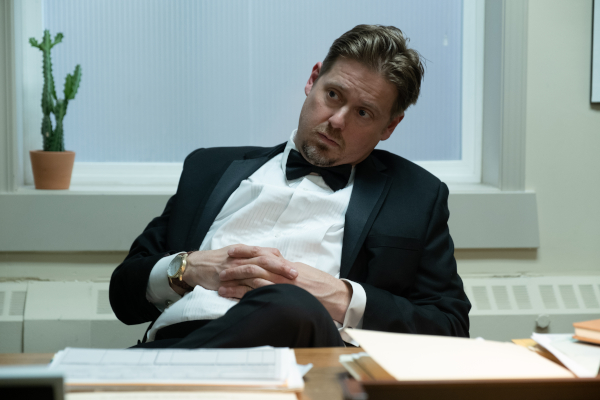
With this conversation fresh in my head, I found my red-penned copy of Some of Our Stallions and reread it. It was almost shocking how much Al Di was like the character of Andy. Their names even sound alike. Talk about kismet! This was kismet! After a quick polish, I sent the script to Al and he liked it enough to want to act in and produce it.
Al was close with Olivia Taylor Dudley. I watched some of her work and it was clear she had the chops to bring the character of Bonnie to life. She read the script, liked it, and that was it. We had our core cast, and so we began to put the movie together. Next, Al Di brought in his “mentor,” the incredible Liz Destro, who is very experienced at producting indies. She not only helped me hone the script, but also introduced me to Amber Ripley, our Canadian producer, who put the entire movie together for us in Canada. They were both instrumental to the project, and stuck with it through production, post, and promotion. Soon after Liz signed on, I was working with one of my comedy heroes, Mike Judge, who read the script and signed up to be an executive producer and portray the film’s gun dealer. Then Tim Heidecker, another comedy hero of mine, agreed to play Dr. Thrush, Beautiful Bill and Andy’s ineffective, rude therapist.
Of course, every movie production is a whole new gauntlet of slings and arrows, to mix metaphors, and this one was no exception. But I am very happy with the finished product. It was a labor of love for me, and there’s no greater joy for me than to see a script transform from a pile of inert paper into a living, breathing thing. Thanks for reading this long ramble, and I hope you enjoy Some of Our Stallions.
Featured image shows Al Di and Carson Mell in Some of Our Stallions. Photo by Eric Milner, courtesy Carson Mell.


